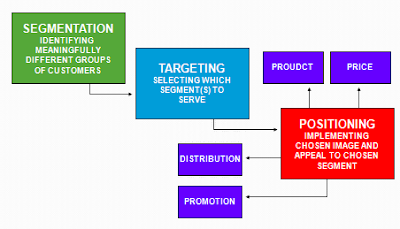Import and Export Licensing Procedures in
India
India’s
import and export system is governed by the Foreign Trade (Development &
Regulation) Act of 1992 and India’s Export Import (EXIM) Policy. Imports and
exports of all goods are free, except for the items regulated by the EXIM
policy or any other law currently in force. Registration with regional
licensing authority is a prerequisite for the import and export of goods. The
customs will not allow for clearance of goods unless the importer has obtained an
Import Export Code (IEC) from the regional authority.
Import Policy
The Indian Trade Classification (ITC)-Harmonized System (HS)
classifies goods into three categories:
·
Restricted
·
Canalized
·
Prohibited
Goods
not specified in the above mentioned categories can be freely imported without
any restriction, if the importer has obtained a valid IEC. There is no need to
obtain any import license or permission to import such goods. Most of the goods
can be freely imported in India.
1.
Restricted Goods
Restricted
goods can be imported only after obtaining an import license from the relevant
regional licensing authority. The goods covered by the license shall be
disposed of in the manner specified by the license authority.
1.
Canalized Goods
Canalized goods are items which may only be imported using specific procedures or methods of transport. The list of canalized goods can be found in the ITC (HS). Goods in this category can be imported only through canalizing agencies. The main canalized items are currently petroleum products, bulk agricultural products, such as grains and vegetable oils, and some pharmaceutical products.
Canalized goods are items which may only be imported using specific procedures or methods of transport. The list of canalized goods can be found in the ITC (HS). Goods in this category can be imported only through canalizing agencies. The main canalized items are currently petroleum products, bulk agricultural products, such as grains and vegetable oils, and some pharmaceutical products.
Prohibited Goods
These are the goods listed in ITC (HS) which are strictly prohibited on all import channels in India. These include wild animals, tallow fat and oils of animal origin, animal rennet, and unprocessed ivory
These are the goods listed in ITC (HS) which are strictly prohibited on all import channels in India. These include wild animals, tallow fat and oils of animal origin, animal rennet, and unprocessed ivory
Export Policy
Just like imports, goods can be exported freely if they are not mentioned in the classification of ITC (HS). Below follows the classification of goods for export:
Just like imports, goods can be exported freely if they are not mentioned in the classification of ITC (HS). Below follows the classification of goods for export:
·
Restricted
·
Prohibited
·
State Trading Enterprise
1.
Restricted Goods: Before exporting any restricted goods, the exporter must first
obtain a license explicitly permitting the exporter to do so. The restricted
goods must be exported through a set of procedures/conditions, which are
detailed in the license.
2.
Prohibited Goods: These are the items which cannot be exported at all. The vast
majority of these include wild animals, and animal articles that may carry a
risk of infection.
State Trading Enterprise (STE): Certain items can be exported only through
designated STEs. The export of such items is subject to the conditions
specified in the EXIM policy.

 October 26, 2017
October 26, 2017
 Surendra Jagwan
Surendra Jagwan


















